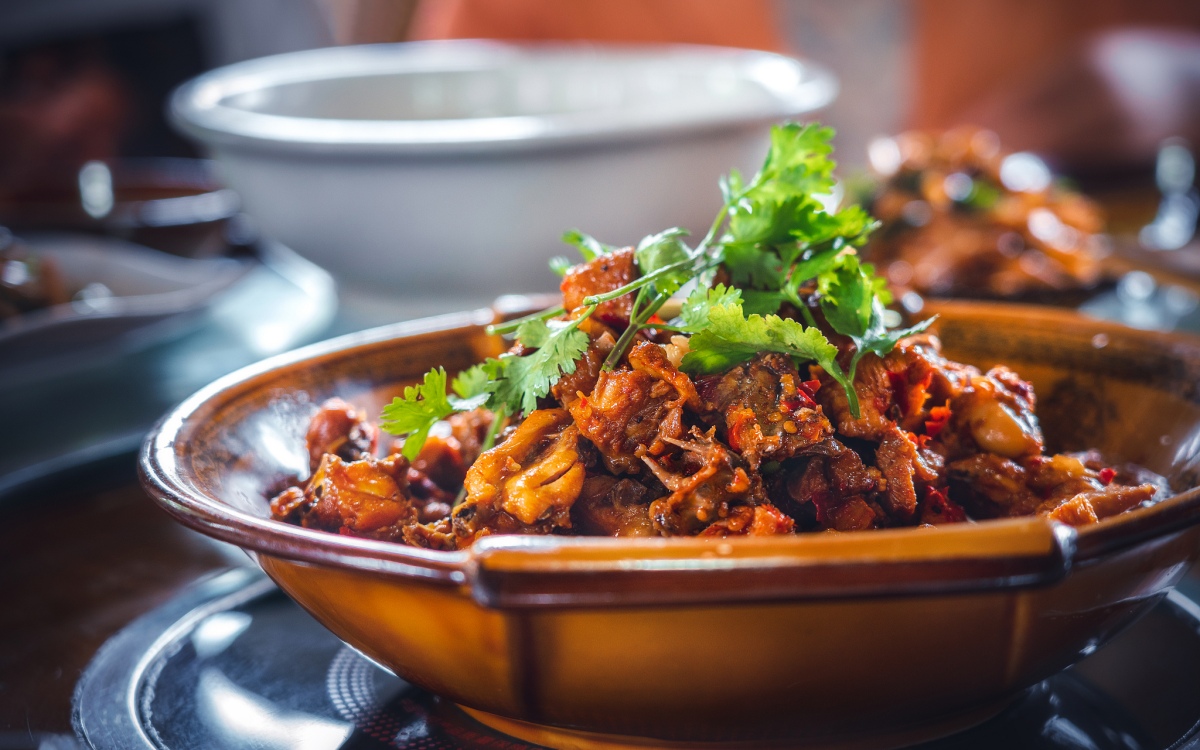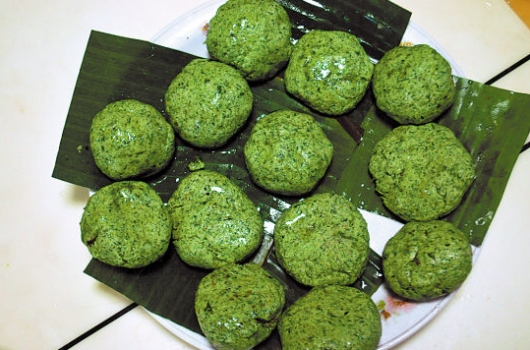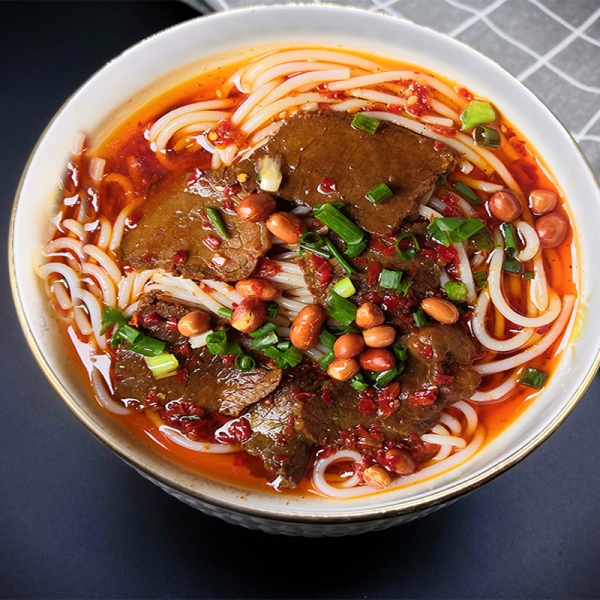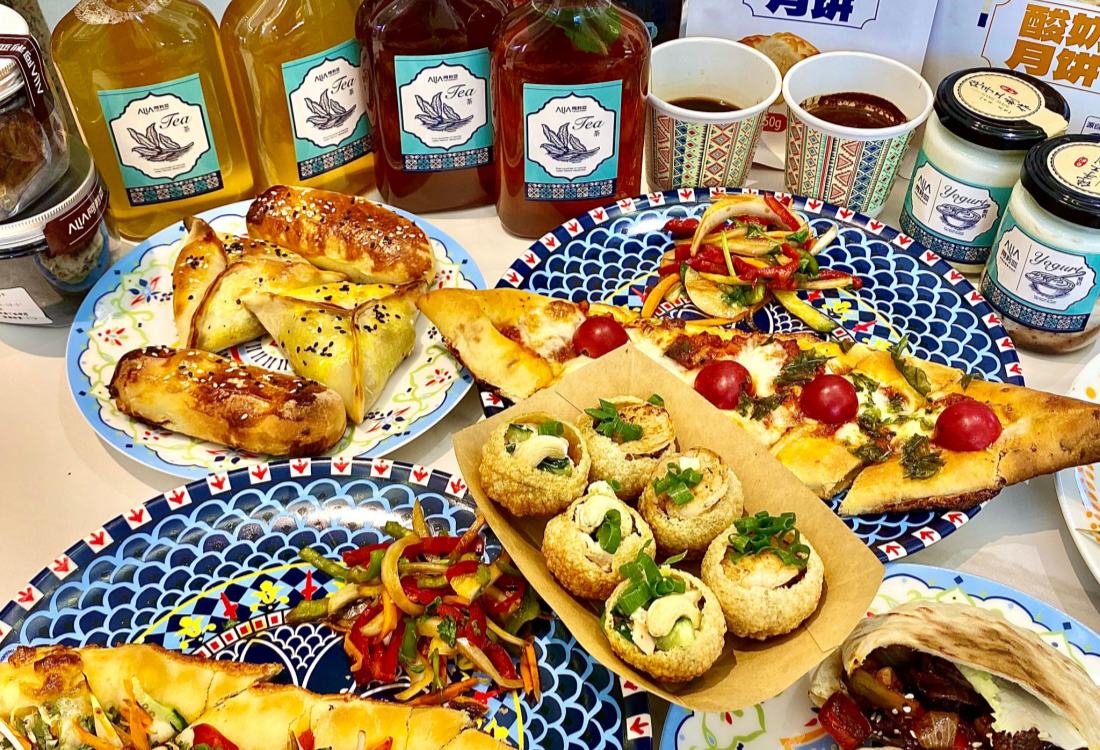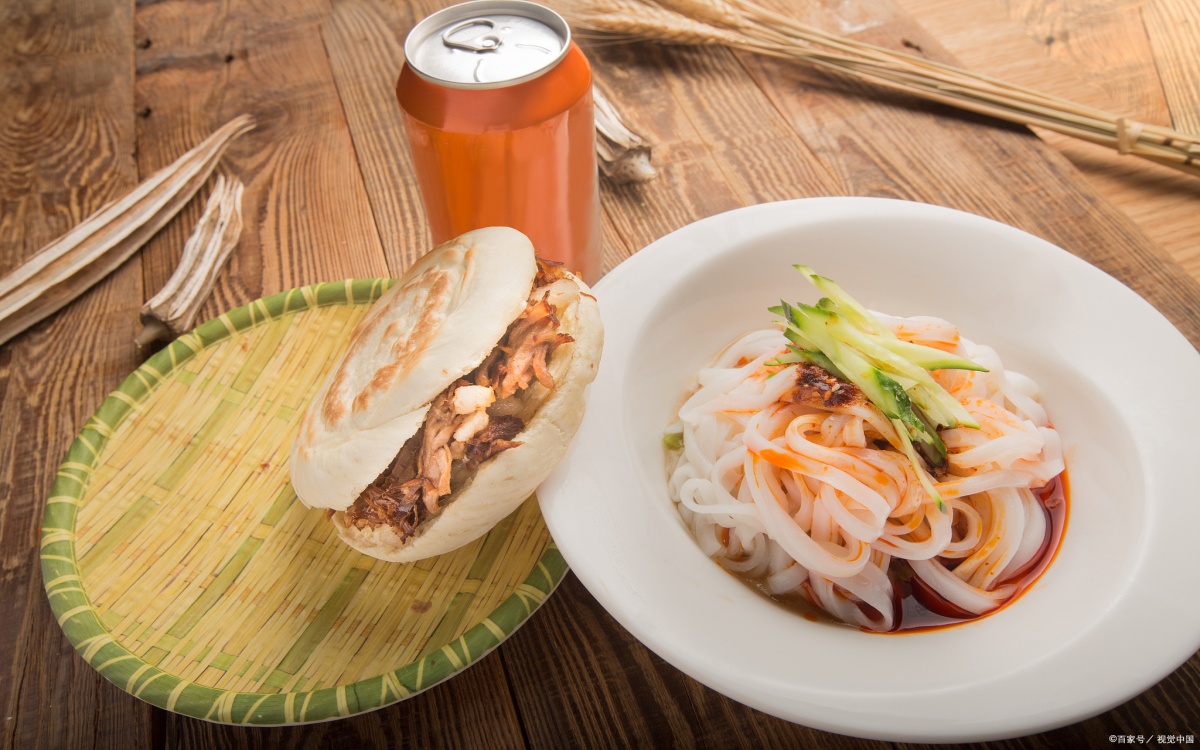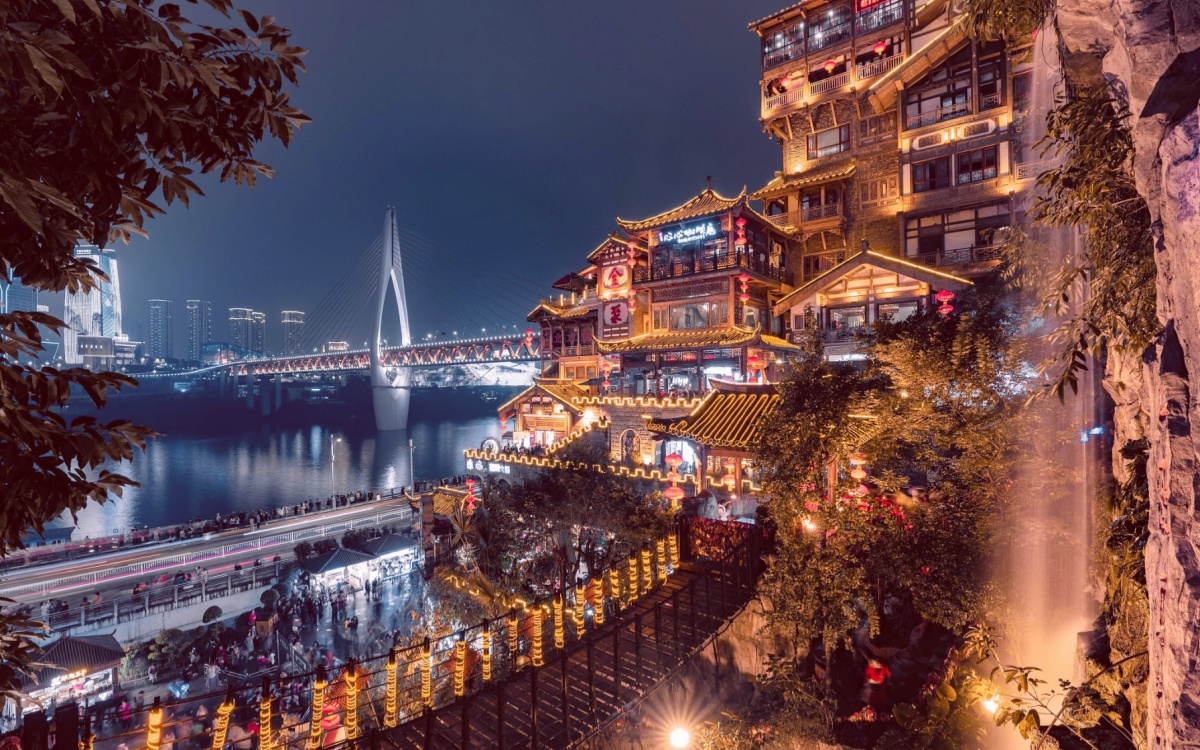Table of Contents
ToggleAre you planning a trip to Zhangjiajie and wondering what delicious local dishes you should try? This article is here to guide you through the must-eat foods in Zhangjiajie, from spicy mountain specialties to traditional Tujia cuisine. Whether you’re a food lover or simply want to experience authentic local culture, tasting Zhangjiajie’s iconic dishes is an essential part of your travel experience. Keep reading, and you’ll discover why a trip to Zhangjiajie is not only a visual feast but also a culinary adventure.
Top 8 Must-try Foods in Zhangjiajie
Sanxiaguo (三下锅): The Legendary Zhangjiajie Hot Pot
Arguably the most famous dish in Zhangjiajie, Sanxiaguo, or “Three Pot Combo,” is a hearty and flavorful hot pot that embodies the communal spirit of Tujia dining. Historically, it combined three ingredients like rabbit, bacon, and dried bean curd.
Today, it’s a versatile dish often featuring a mix of preserved pork (larou), pork intestines, beef or lamb tripe, pig trotters, and various vegetables, all simmered together in a rich, often spicy, broth. It can be served dry (griddle-cooked) or as a soup. The smoky, salty, and spicy flavors meld beautifully, making it a perfect accompaniment to steamed rice. 
Tujia Preserved Pork (土家腊肉 – Tǔjiā Làròu): A Taste of Tradition in Zhangjiajie
Tujia Preserved Pork, or Larou, is a cornerstone of local cuisine and a testament to the Tujia people’s skill in food preservation. High-quality pork, often fatty belly cuts, is meticulously salted, then smoked over fires fueled by distinct local woods or nutshells, imparting a deep, smoky aroma and a rich, umami flavor. This delicacy is then sliced and typically stir-fried with local vegetables like garlic scapes or dried long beans, or steamed to enhance its tenderness. Its salty, savory taste is incredibly satisfying and offers a true glimpse into the traditional foodways of Zhangjiajie.
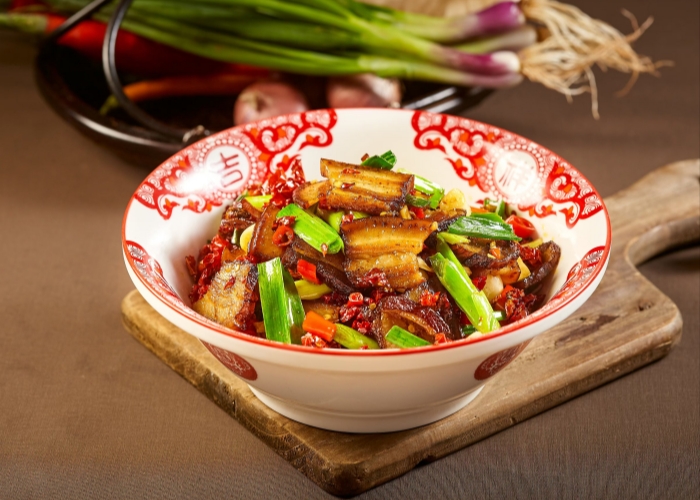

Sour Fried Fish (酸酢鱼 – Suān Zhàyú): A Zesty Zhangjiajie Local Specialty
A beloved dish among the Tujia, Miao, and other ethnic groups in Zhangjiajie, Sour Fried Fish, sometimes called Vinegared Fish, offers a unique tangy and spicy flavor profile. Small, fresh river fish are gutted, cleaned, and then marinated in a mixture often containing glutinous rice flour and vinegar for several days. This pickling process imparts a distinct sourness. The fish are then typically fried until golden and crispy.
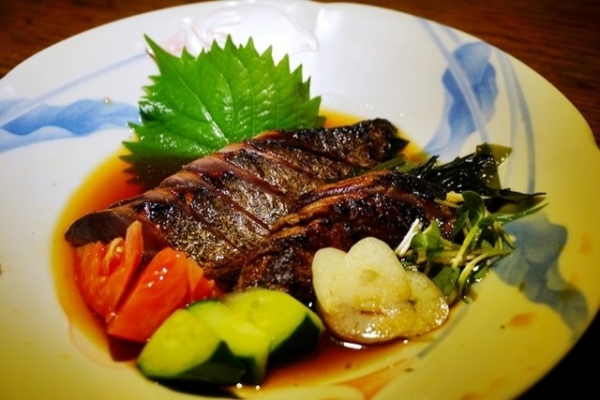
Artemisia Sticky Rice Cake (蒿子粑粑 – Hāozǐbābā)
Capturing the essence of Zhangjiajie’s rural flavors, Artemisia Sticky Rice Cake is a unique Zhangjiajie local snack or side dish. Made from the young leaves of wild artemisia (mugwort) which are blanched and mashed, then mixed with glutinous rice flour and sometimes a little sugar. These cakes can be either steamed, resulting in a soft, chewy texture, or pan-fried until the exterior is crispy and golden while the inside remains tender. The artemisia imparts a distinct, slightly bitter, herbal fragrance and a natural green hue.

5 Days Zhangjiajie Vacation Tour : National Forest Park
Stewed Chicken with Stone Ear Mushrooms (岩耳炖鸡 – Yán’ěr Dùn Jī)
This comforting and highly nutritious stew features tender chicken slow-cooked with “Stone Ear” mushrooms (Shi’er – 石耳). Shi’er are a type of lichen that grows on cliff faces in the mountainous regions of Zhangjiajie, making them a rare and prized local ingredient. They are known for their unique texture and subtle earthy flavor.
The chicken and mushrooms are often simmered with ginger, local herbs, and sometimes a hint of chili, creating a deeply flavorful and aromatic broth. This dish is not only delicious but also considered to have health benefits according to local traditions.

Blood Tofu (血豆腐 – Xuědòufu)
A distinctive local specialty, Blood Tofu is made by mixing fresh pig’s blood with tofu, ground pork, and various seasonings like chili powder and local spices. This mixture is then typically smoked or air-dried, resulting in a firm, dark-colored block with a rich, savory, and slightly spicy flavor. It can be sliced and stir-fried, steamed, or added to hot pots. While its name might sound adventurous, it’s a beloved local delicacy prized for its unique texture and taste.
Hezha (合渣 – Hézhā): The Comforting “Lazy Tofu”
Hezha, also known as “Lazy Tofu,” is a simple yet historically significant Tujia dish. It’s made from soybeans that are soaked and ground, but instead of being pressed to separate the curds and whey like regular tofu, the entire mixture is cooked, often with added vegetables like radishes or wild greens. The result is a thick, porridge-like soup or stew. It’s a humble, nutritious dish that is said to have sustained many Tujia people during times of hardship.
Zhangjiajie Rice Noodles (米粉 – Mǐfěn)
Like many regions in Southern China, Zhangjiajie has its own version of rice noodles. These noodles are typically served in a flavorful broth and come with a variety of toppings. Common options include braised beef, stewed pig’s feet, pickled vegetables (like Chinese pickled cabbage – suancai), white fungus, and a generous sprinkle of fresh herbs and chili oil. They are a popular choice for a quick, satisfying, and often spicy meal, enjoyed by locals for breakfast or lunch.

3 Days Zhangjiajie Attractions Tour
What Makes Zhangjiajie Cuisine Unique?
Zhangjiajie is famous for its bold and spicy flavors. Influenced by Hunan cuisine and the traditions of the local Tujia ethnic minority, dishes here are known for their rich seasonings, chili peppers, and home-style cooking. Many meals include preserved meats, mountain herbs, and locally grown vegetables, creating flavors that are both fiery and memorable.
Tips for Enjoying Your Zhangjiajie Food Journey
- Communicate Your Spice Preference: Hunan cuisine is known for its spiciness. If you prefer milder food, don’t hesitate to tell the restaurant “bú yào làjiāo” (不要辣椒 – no chili peppers) or “wēi là” (微辣 – a little spicy).
- Be Adventurous: Try dishes that might seem unfamiliar. Zhangjiajie’s cuisine has many unique flavors that are worth exploring.
- Eat Like a Local: Pair spicy dishes with steamed rice, which helps balance the heat. Enjoy local beverages, including beer or traditional teas.
- Stay Hydrated: Especially if you’re indulging in spicy food and exploring the region’s attractions, remember to drink plenty of water.
Frequently Asked Questions About Zhangjiajie Cuisine
Is Zhangjiajie food very spicy?
Yes, Zhangjiajie cuisine, like much of Hunan food, is known for its spiciness. Chili peppers are a common ingredient. However, many restaurants can adjust the spice level if you ask. You can request dishes to be “wēi là” (微辣 – mildly spicy) or “bú là” (不辣 – not spicy).
What are some vegetarian options in Zhangjiajie?
While many signature dishes feature meat, there are vegetarian options. You can find stir-fried seasonal vegetables (清炒时蔬 – qīngchǎo shíshū), various tofu dishes (ensure they are not cooked with meat products), wild mushroom dishes, and items like Artemisia Sticky Rice Cakes. It’s always best to clarify with the restaurant staff, perhaps using a translation app or with the help of a guide, to ensure dishes are truly vegetarian.
Where is the best place to try authentic Tujia food in Zhangjiajie?
For authentic Tujia food, look for smaller, local restaurants in areas like Zhangjiajie West Street (Xibu Street) in Wulingyuan or the Sanjiaoping area in Zhangjiajie City. Venturing slightly off the main tourist paths, perhaps with a local guide, can lead to very authentic and memorable culinary experiences.
What is the most famous dish in Zhangjiajie?
Sanxiaguo (三下锅), the mixed hot pot, is widely considered the most famous and iconic dish in Zhangjiajie. It’s a must-try for anyone wanting to experience the region’s signature flavors.

